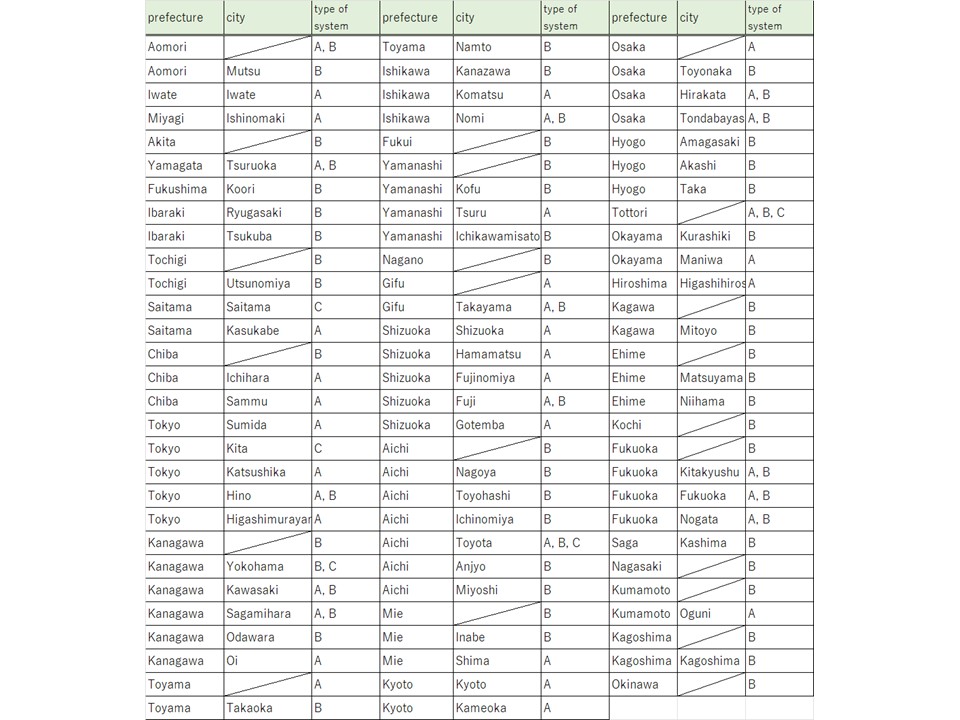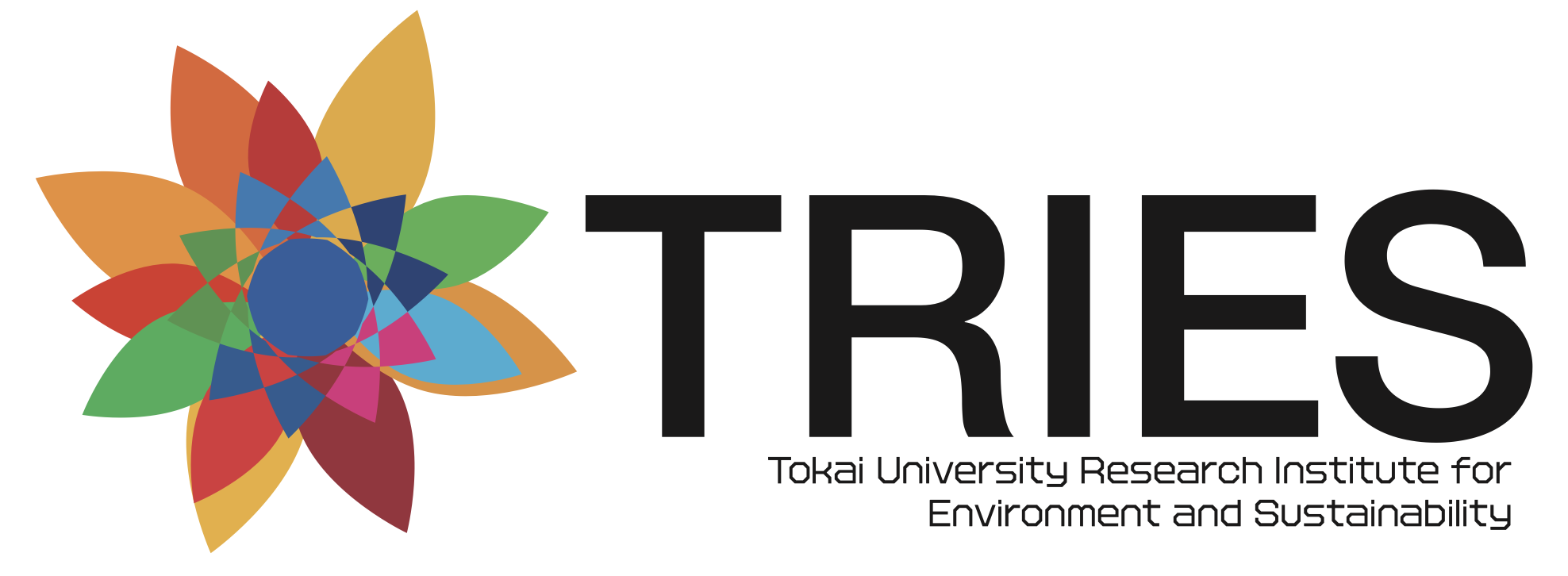Local governments introduce SDGs certification systems for SMEs
12/1 2023
Author: Mari Kosaka
Against this backdrop, in 2020 the government formulated the “Guidelines for Regional Revitalization and SDGs Registration and Certification Systems for Local Governments” to help local governments promote the implementation of the SDGs by SMEs. These guidelines outline three methods that local governments can use to promote the implementation of SDGs: declaration, registration, and certification. They also encourage the creation of systems for these purposes. The current guidelines do not offer clear definitions of the three methods, but they are generally understood as follows. (1) Declaration: local governments publicly announce companies that declare they are interested in implementing the SDGs; (2) Registration: if they meet specified conditions, companies that promote the SDGs can register themselves with local governments, providing relevant information based on self-assessment; (3) Certification: the local government certifies companies that promote the SDGs (if they meet specified conditions), and publicizes them as being certified.
To date, more than 80 local governments in Japan have introduced declaration or registration systems based on these guidelines. However, only six of these have established a certification system, showing that very little progress has been made on certification (see Table 1).

Source: made by the author based on the list of SDGs Registration and Certification Systems. (https://www.chisou.go.jp/tiiki/kankyo/kaigi/pdf/toroku-ninsho_list230930.pdf)
The local governments that have established SDGs certification systems are Toyota City, Yokohama City, Saitama City, Kita City in Tokyo, Hyogo Prefecture, and Tottori Prefecture. For example, Yokohama City, Saitama City, and Toyota City have certified a total of 630, 155, and 43 companies and organizations, respectively, though it should be noted that these local certification systems vary in terms of when they were launched and how they operate.
These six local governments have all developed their own standards for certification. Several use very similar standards, but others use quite distinctive standards. Certain criteria are considered important by all local governments, while others are applied by only one, and it is quite interesting to consider these differences. For example, the general frameworks are common to all the local governments, with social criteria such as human rights and employment, environmental criteria such as climate change measures and water quality, and governance criteria such as legal compliance and elimination of organized crime influences. However, a closer look reveals that Saitama City applies numerous criteria focused on improving working conditions, e.g., to enable employees with disabled family members to work with peace of mind, and to support women who wish to pursue infertility treatment while working. Tokyo’s Kita City applies more criteria to promote regional development than other local governments, such as prioritizing restaurants and stores in Kita City and encouraging employees to use local services, and providing management-related support to entrepreneurs and businesses in Kita City. These examples show that the certification standards reflect what local governments are trying to achieve through the SDGs, so they also offer an insight into how local governments view the implementation of the SDGs by SMEs.
Several other local governments, including Okinawa Prefecture and Kitakyushu City, are currently planning to roll out certification systems, so further progress is expected. In reality, however, due to limited resources, it is not easy for local governments to create their own standards and certify companies in accordance with those standards. For this reason, only a small number of local governments with sufficient resources may end up implementing such systems. This means that many companies operating in areas without a certification system will be unable to acquire SDG certification, even if they want to. On top of this, if the standards that are set are too easy to meet, in order to promote greater certification, the certification system will only serve as another form of “SDG-washing.” To address the limitations and challenges faced by local governments, it may be necessary for the national government and other organizations to help the situation by working to formulate effective common standards.
